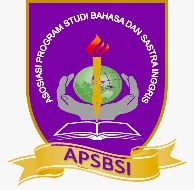Teachers’ questioning strategies and students’ perceptions toward critical questions in EFL classroom interaction
Abstract
This study aims to find out teachers’ questioning strategies and students’ perceptions of critical questions in EFL classroom interaction. This research was conducted during the COVID-19 pandemic, in which the classroom interaction was online. We used a case study design that focused on the descriptive analysis. This study was conducted at one of Senior High Schools in Semarang. The participants in this study are two English teachers and two classes. The data were gained by using classroom observation, interview, questionnaire, and documentation. We used Chen’s (2016) theory and Anderson & Krathwohl (2001) to categorize and analyze the data findings to know teachers’ questioning strategies and students’ perceptions toward critical questions in EFL classroom interaction. The result of the analysis showed that the teachers used all of the teachers' questioning strategies and they posed critical questions. Teachers questioning strategies used by the teachers when posing critical questions were wait-time, repetition, paraphrasing, simplifying, and probing. The obvious strategy to elicit students’ responses toward critical questions was probing. In line with this, the teachers also combined the teachers questioning strategies with the skill of basic questioning to elicit students’ critical answers. The students didn’t perceive critical question as a threat, although it was difficult to answer. However, they perceived critical question as a challenge for them. It can be concluded that the students perceived critical question as a motivational question.



_.jpg)
_.jpg)




